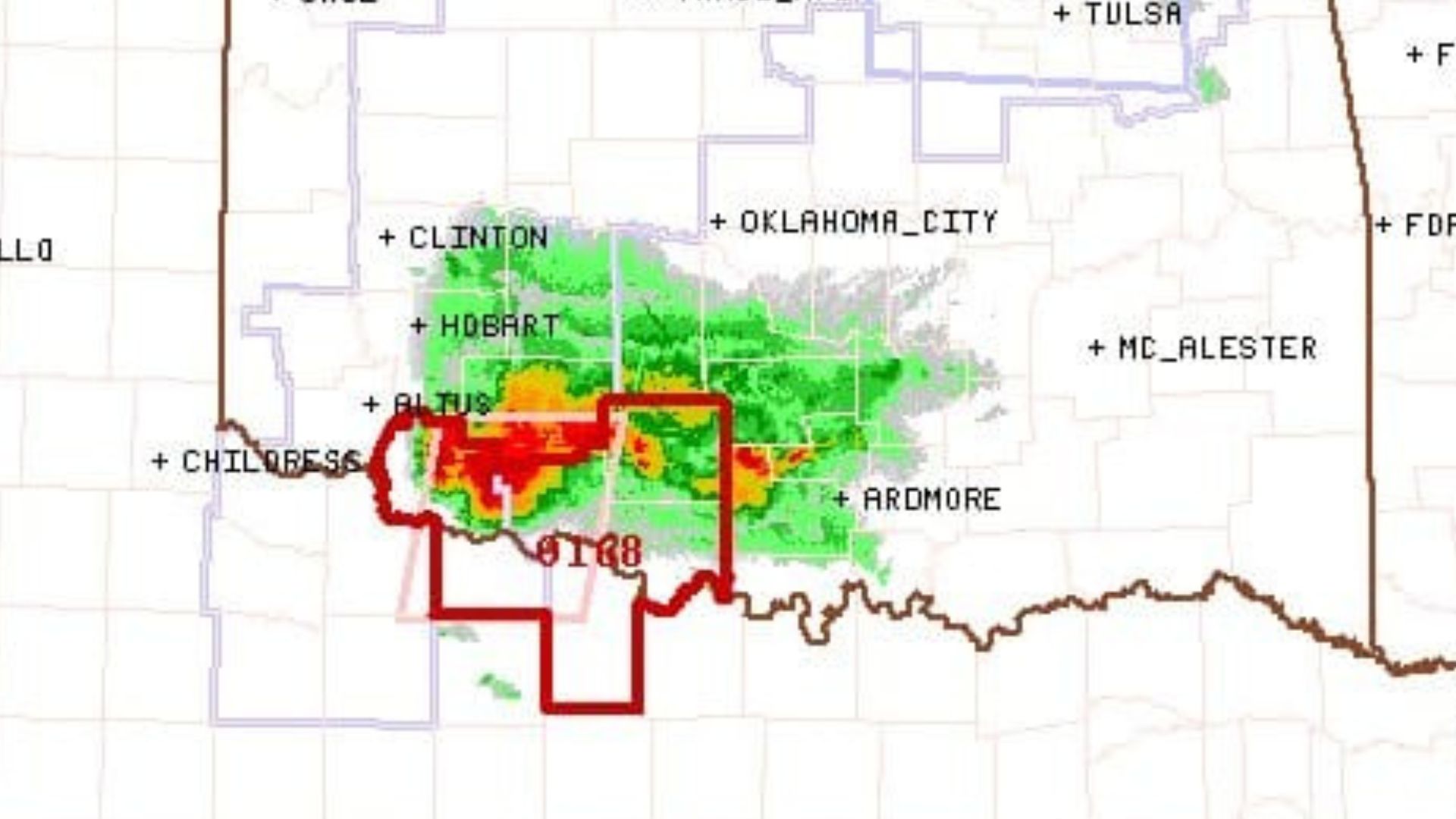Forests, Vol. 14, Pages 2123: Inverted Soil Mounding as a Restoration Approach of Seismic Lines in Boreal Peatlands: Implications on Plant and Arthropod Abundance and Diversity
Forests doi: 10.3390/f14112123
Authors: Laureen Echiverri Jaime Pinzon Anna Dabros
In northern Alberta, Canada, much of treed boreal peatlands are fragmented by seismic lines—linear disturbances where trees and shrubs are cleared for the exploration of fossil fuel reserves. Seismic lines have been shown to have slow tree regeneration, likely due to the loss of microtopography during the creation of seismic lines. Inverted soil mounding is one of the treatments commonly applied in Alberta to restore seismic lines and mitigate the use of these corridors by wildlife and humans. We assessed the effects of mounding on understory plants and arthropod assemblages three years after treatment application. We sampled five mounded and five untreated seismic lines and their adjacent treed fens (reference fens). Compared to reference fens, mounded seismic lines showed on average lower bryophyte (6.5% vs. 98.1%) and total understory cover (47.2% vs. 149.8%), ground-dwelling spider abundance (226.0 vs. 383 individuals), richness (87.2 vs. 106.4 species) and diversity (19.0 vs. 24.6 species), rove beetle abundance (35.2 vs. 84.8 individuals), and ant richness (9.0 vs. 12.9 species). In contrast, rove beetle and ground beetle richness (39.0 and 14.5 species, respectively) and diversity (16.8 and 7.8 species, respectively) were higher on mounded seismic lines compared to reference fens (richness: 18.0 and 7.5 species, respectively; diversity: 7.0 and 3.8 species, respectively). This is one of the first studies to assess arthropod responses to restoration efforts in the context of oil and gas disturbances in North America, and our results highlight the need to incorporate multiple taxa when examining the impact of such treatments.

 6 months ago
22
6 months ago
22


